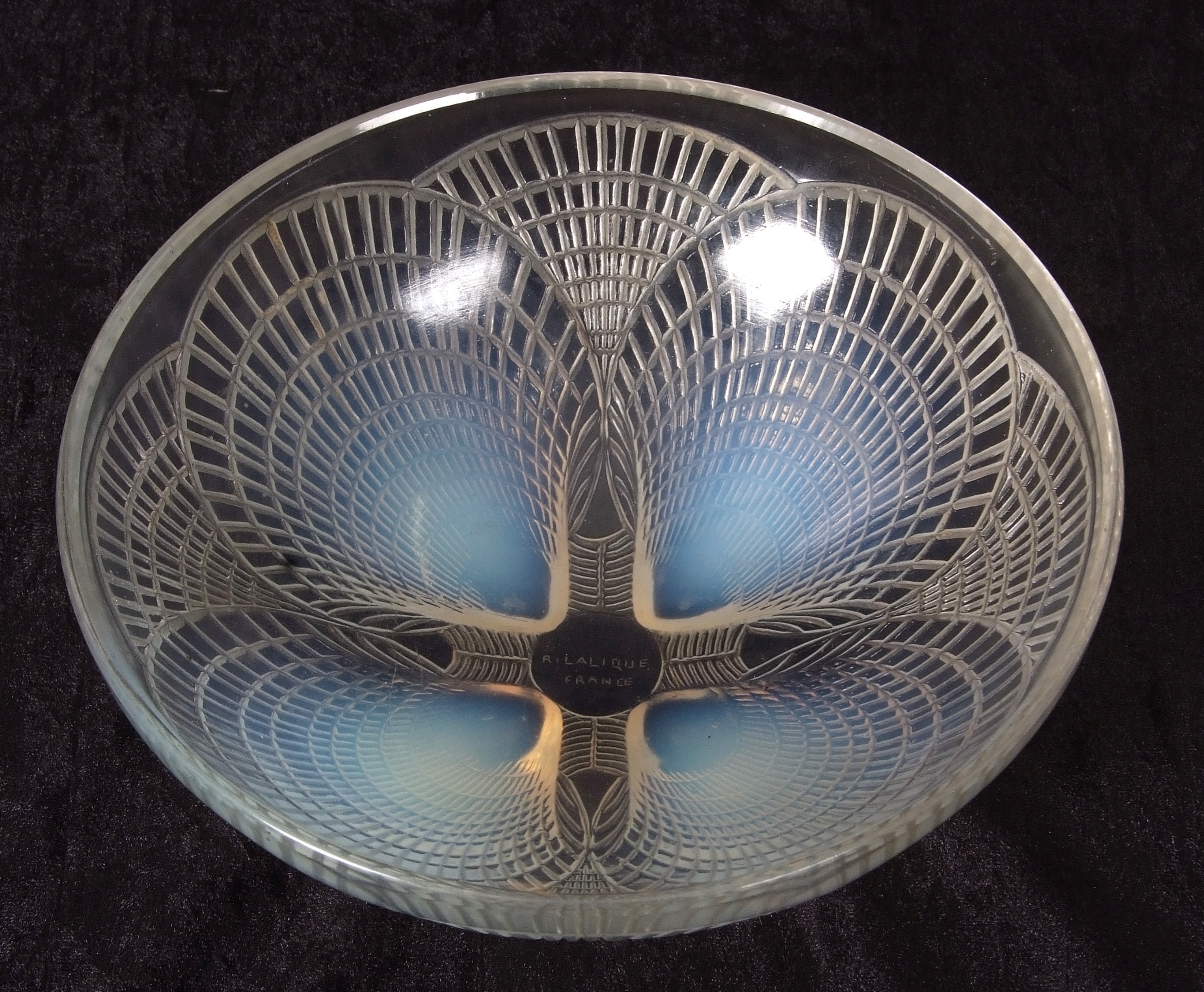

18/01/2025 General News
Beautiful, delicate and immensely fragile – it is easy to understand the appeal of fine glassware, writes Tim Blyth. Its very vulnerability makes it irresistible, it is a material which plays with light like no other, and it can range from the intensely practical (we would have no Champagne without strong glass bottles) to the purely decorative.
Glass has been around since around 2000 BC, with evidence that both Mesopotamian and Egyptian civilisations had mastered a very crude form of glassmaking. By Roman times, glass was being used for making vessels, drinking goblets and other functional items. There is evidence of glassmaking in ancient Chinese, Indian, Persian and African cultures, too.
Around 1000AD, an important step forward in glassmaking happened with the adoption of potash (obtained from wood ashes), replacing the inferior and weaker soda glass made from white pebbles and burnt vegetation.
In Medieval times, Europe became the epicentre of glassmaking, with traditions emerging in the Venetian lagoon on the island of Murano and in Bohemia in the modern-day Czech Republic in particular.
We shouldn’t underestimate the influence of forward-thinking English producers, either. It was George Ravenscroft in 1674 who came up with the idea of adding lead oxide to the molten glass, making it easier to manipulate during the production process.
Whilst glassware from Murano and Bohemia are still much sought-after, one of the biggest names in glass is much more recent, is French – and didn’t actually start as a glassmaker at all.
René Lalique, who founded the company which still bears his name in 1888, began his career as a jeweller, and until the end of the 19th century, that was what he was known for, becoming one of the best-known Paris jewellers.
It wasn’t until 1905 that Lalique started exhibiting glass alongside the jewellery at his new shop in Paris’s prestigious Place Vendome, initially making perfume bottles for the nearby perfumier François Coty. Their work together revolutionised the perfume industry and made it possible for the first time to offer perfumes in attractive bottles at affordable prices. From then on, Lalique worked increasingly on designs for the perfume sector, finally devoting himself entirely to more industrial techniques of glass production. René Lalique, Art Nouveau master jeweller, was to become an Art Deco master glassmaker.
A flood of prestigious commissions followed, including decorating the Côte d’Azur Pullman Express carriages, and fitting out the vast first-class dining room of the luxury liner Normandie. Having opened a factory in the Alsace town of Wingen-sur-Moder in 1921, Lalique launched a huge range of ornamental glass objects, including hood ornaments for 29 different car manufacturers.
René Lalique died in 1945, and his son Marc succeeded him, with his grand-daughter Marie-Claude Lalique taking over in 1977. The company was sold out of the family in 1994, but still exists in more or less the same form, making an array of luxury products, including jewellery, perfumes, art and decorative items.
But it remains the glassware for which the name Lalique is most famous. In the saleroom, that magic moniker means brisk bidding, and high prices, particularly for items made during the founder’s peak years during the 1920s and 1930s. Keys’ thrice-yearly Fine Sales almost always include several lots bearing the Lalique name.
Condition is even more key in glass than in other areas of antiques, and pieces which have survived with no damage at all are much sought after. Lalique pieces, which are generally more decorative than functional, often score well in this regard, because they have not been subject to the same wear and tear that, for example, wine glasses or bottles may have suffered.
When René Lalique died in 1945, he was viewed by many as one of the greatest figures in the history not just of glassmaking, but of decorative art generally. His stylistic legacy has influenced subsequent generations of designers and artists, so it is no surprise that his name remains one of the stars of the saleroom.